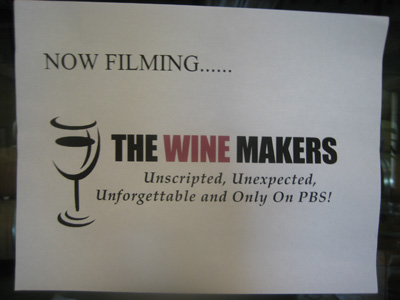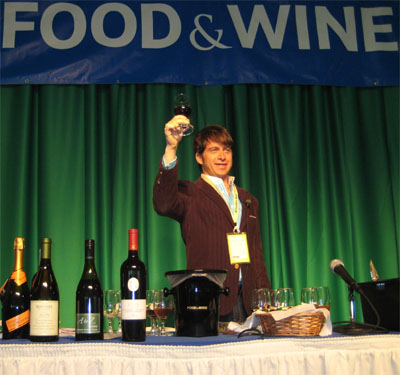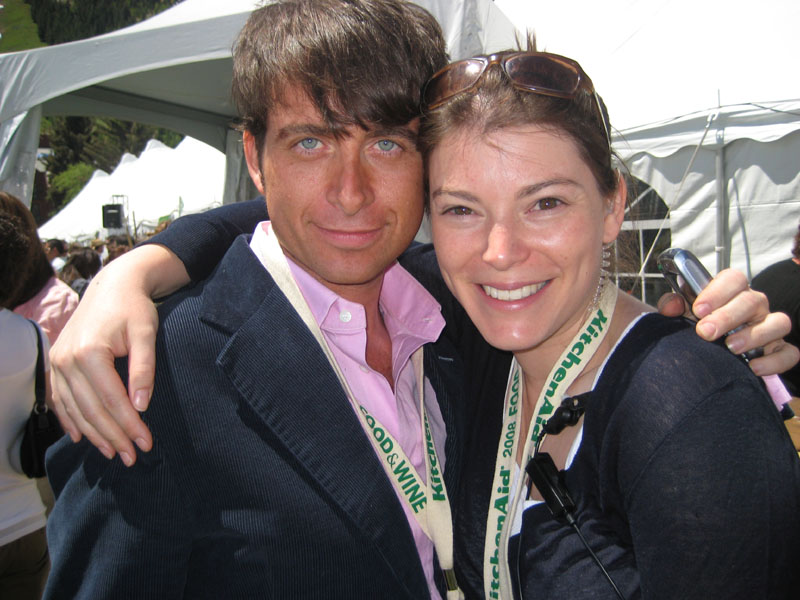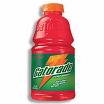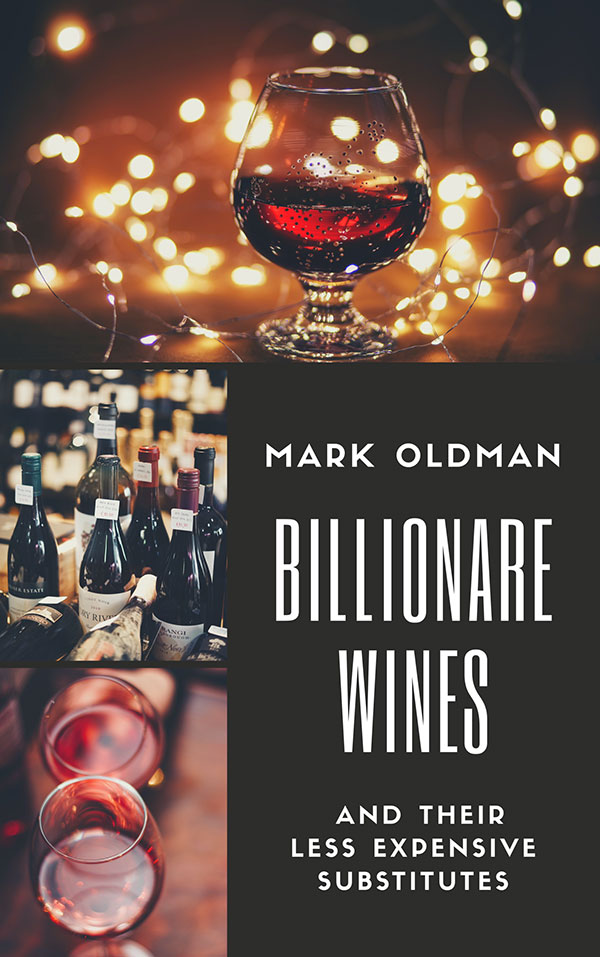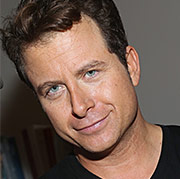Where Cortisone Fails, (Romanée) Conti Conquers: Dagger-like nerve-shocks pierced my ankle as the jet touched down at SFO, the pain from these Shining-esque hatchet-hacks enveloping my ankle as if it swelled forth from Phlegethon, the river of blood in Dante’s Inferno. I was in the Bay Area for a dinner which featured offerings of Domaine de la Romanée-Conti from the 50’s, 60’s and 70’s — among the most treasured pleasures extant on the planet, even for the merry circle of illustrious collectors hosting the dinner. But all I could think about was my acutely inflamed ankle — a product of some reckless play in New Orleans the day before and even more reckless play the weeks leading up to this trip.
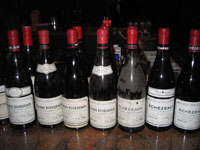
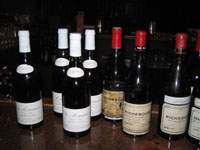
Since my sprained-and-bruised high-school wrestling days, I have taken pride in an elevated threshold for pain, but my normal resiliency was now being supplanted by darker thoughts. While flying, the specter of an air disaster seemed no longer so horrible – at least the daggers would be done. Low-altitude wind shear? Sure, go ahead. Spark in the fuel tank? Not so bad. A Valujet plunge? I’m ready.
The next day found me doing everything I could to contain this gangrene before the dinner that night. I became a limping trashcan of treatments — stomach-curdling-doses of naproxen, a Snoop-Dog cane, Bio-Freeze, Lidocaine patches, oral doses of notoriously potent cortisone — none of which made even a dent in the agony. Isn’t Cortisone supposed to offset this pain?
“Bite the bullet, boy,” my inner-Louis Gossett, Jr. chided me like I was Mayo on the roof in An Officer and a Gentleman. But I didn’t really need the extra motivation: I’d have to be in a coma and shackled to my bed to miss this tasting.
When night fell, I pried on my tuxedo and hobbled from my hotel to the dinner. Effective Cortisone or not, I couldn’t miss this. Thankfully, distractions awaited. The evening commenced with Dom Perignon Oenotheque 1973, a 33-year-old sparkler that still tasted fresh because it had been recently “disgorged” — that is, recently removed from its lees (i.e., the sediment resulting from the bubbles-creating secondary fermentation induced in each bottle of Champagne). The DP indeed had a sprightly citrus quality and a chimney of pinpoint bubbles, while also showing the richness and depth you’d expect from bubbly that has had so many years of contact with its lees.
We then sat for dinner and the featured attraction: thirteen red Burgundies, three from the fabled Domaine Leroy and the rest out of DRC. Except for one corked bottle, there were no disappointments, just a succession of peaks, with certain bottles — namely, the 1952 and 1978 DRC Richebourg and the 1959 and 1978 DRC Grands-Echezeaux and Echezeaux — exemplars of complexity, length, and texture.
Sounds great, you might say — but what is the take-away for the budding enthusiast? To the extent that it is even possible to describe commonalities among night’s favorites (and also other fine, aged Burgundies), this is what I noticed:
* hints of what I call “glowing licorice” — a kind of incandescence of minty fruit that for some might seem more like some combination of Asian spices or raspberries or violets or roses
* a fascinating earthiness evocative of smoky autumn leaf piles or mushrooms or even cooking cabbage. Those hopelessly infected with oenophilia have been known to call this quality “sous-bois” — French for undergrowth or forest floor.
* other crazy nuances that sometimes emerge as the wine wakes up — leather, tea, musk, bullion, wax, green beans, oats, or even soy sauce. At its best, Burgundy portals you to exotic locales.
* flavors more intense and long-lasting than its agile, light-to-medium bodied frame would suggest
* a velvety texture that coats your tongue and throat like nothing else
So the night went. And somewhere in the middle of our feast it dawned on me: the veil of intense pain had finally lifted — the daggers had melted into a tourniquet stitched from the rarest Burgundian silk. As I ambled back to my hotel, pain-free and happily under the influence of DRC, it became apparent: where cortisone fails, (Romanée) Conti conquers.
THE NIGHT’S LINE-UP:
Dom Perignon Oenotheque 1973
Domaine Leroy Le Corton 1966
Domaine Leroy La Romanee 1953
Domaine Leroy La Romanee 1962
Domaine de la Romanée-Conti Echezeaux 1959
Domaine de la Romanée-Conti Echezeaux 1966
Domaine de la Romanée-Conti Echezeaux 1978
Domaine de la Romanée-Conti Grands-Echezeaux 1957
Domaine de la Romanée-Conti Grands-Echezeaux 1959
Domaine de la Romanée-Conti Grands-Echezeaux 1966
Domaine de la Romanée-Conti Grands-Echezeaux 1978
Domaine de la Romanée-Conti Richebourg 1952
Domaine de la Romanée-Conti Richebourg 1966
Domaine de la Romanée-Conti Richebourg 1978


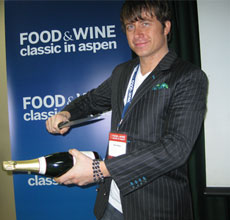 The Aspen Food & Wine Classic last week was once again one of the most promiscuously flavorful weekends of the year.
The Aspen Food & Wine Classic last week was once again one of the most promiscuously flavorful weekends of the year.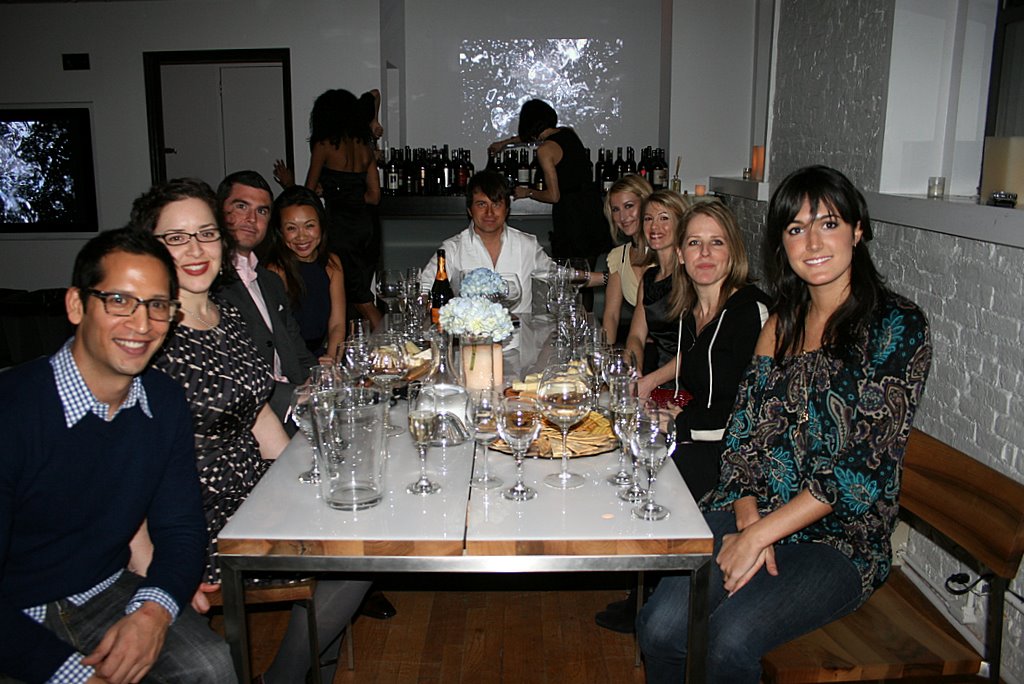
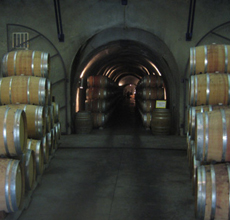 Paso Robles Pride:
Paso Robles Pride: